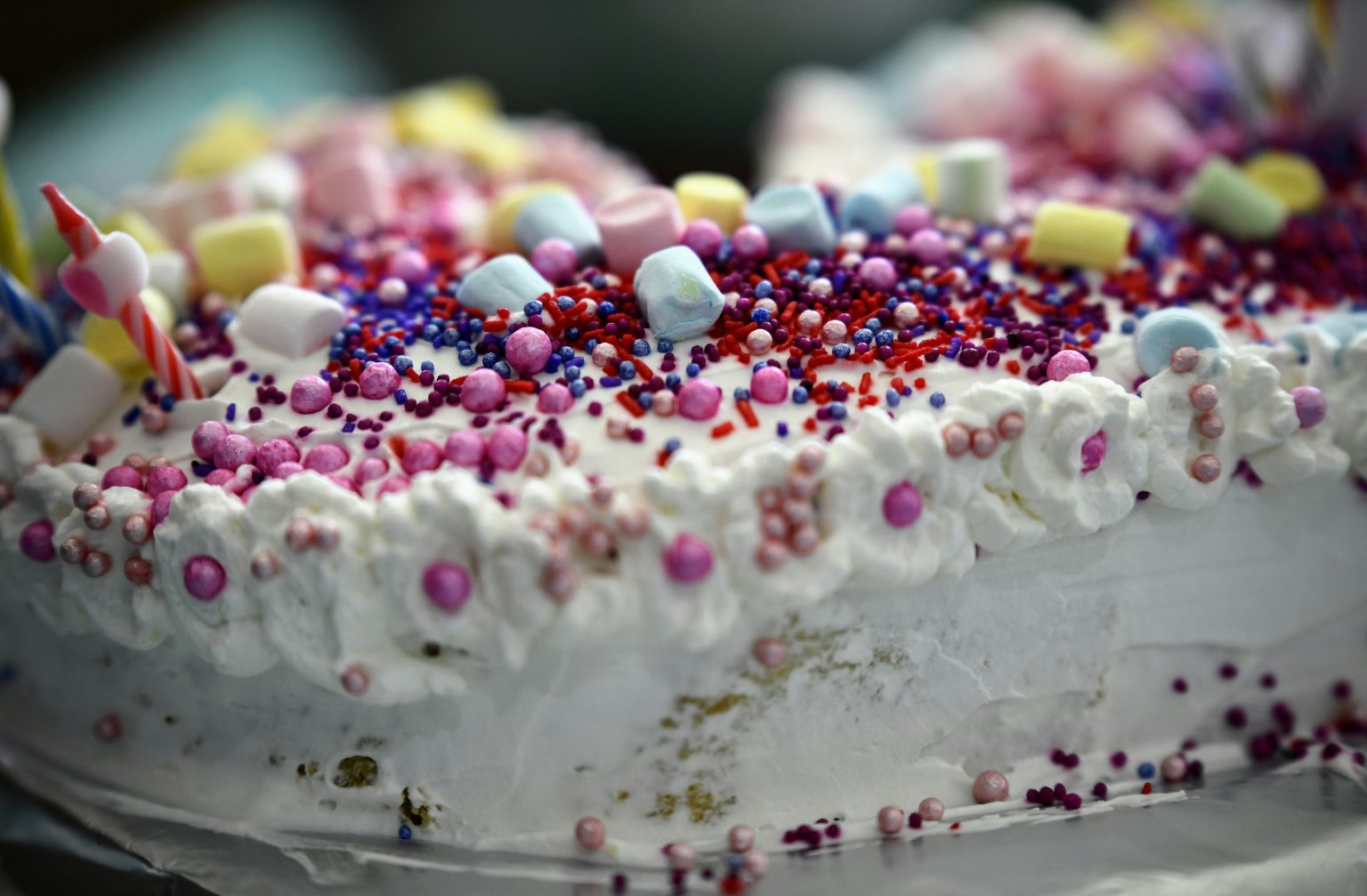From rich chocolate tortes to zesty lemon drizzle, from classic cheesecakes to towering sponge creations, cake holds a special place in hearts – and on plates – around the world. National Cake Day is the perfect moment to indulge, experiment, and share this beloved treat with the people who matter most.
Whether you’re a seasoned baker, an enthusiastic cake-shop explorer, or just someone who loves a generous slice with a cup of tea, this delicious day offers something for everyone.
A Brief (and Surprising) History of Cake
“Qu’ils mangent de la brioche!” — “Let them eat cake!” — may be one of the most quoted lines in pastry-related history, famously (yet incorrectly) attributed to Marie Antoinette. While the story is more fiction than fact, it shows just how deeply cake is woven into cultural storytelling.
But cake existed long before royal scandal.
Ancient beginnings
Early cakes, created in Ancient Greece and Egypt, were dense, flat, and sweetened with honey and nuts. Over time, and with cultural influence, these early forms evolved into treats like baklava — sticky, sweet, and still adored today.
Romans, rituals and reverence
The Romans had their own creamy, rich cake variations, often offered to the gods during rituals. Cake wasn’t just food; it was a symbol.
Medieval to Modern: Cake takes shape
By the 1200s, the word “cake” appeared in English, and by the 1600s, cakes started to resemble the layered, iced creations we recognise now.
Fast forward to the 19th century, and birthdays began featuring cakes topped with candles — a tradition rooted in German “Kinderfest” celebrations and eventually made accessible to everyone during the industrial revolution.
Then, in 1929, the first commercially available cake mix hit the market, making baking quicker and more convenient for families during the Great Depression. The rest is sweet, sweet history.
Today, cake is a global favourite — and the reason we celebrate National Cake Day.
National Cake Day Timeline Snapshot
1200s: First recorded use of the word “cake”
1600s: Modern-style cakes emerge thanks to better ovens and whipped eggs
1700s: Cakes become a birthday staple in Europe
1894: One of the earliest cake recipes published in London
1929: First cake mix transforms home baking
How to Celebrate National Cake Day
There’s no wrong way to celebrate — only delicious ones.
1. Enjoy a Slice (or Two)
Head to your favourite local bakery, café, or patisserie and treat yourself. Pick up a variety of slices and share them with friends. Think bundt cake, coffee cake, black forest or strawberry shortcake — anything goes.
2. Bake Something at Home
Try your hand at:
-
Cheesecake
-
Yeast cakes
-
Classic sponge
-
Carrot cake
-
Red velvet
-
Lemon drizzle
A homemade cake doesn’t have to be complicated; it just has to be made with love (and maybe icing sugar).
3. Take a Cake Decorating Class
Swirls, flowers, fondant figurines — decorating is where creativity shines. Many craft shops and community centres offer classes for beginners and pros alike.
4. Share a Cake with Others
Cake is meant for sharing. Bring one to work, gift a slice to your neighbour, surprise a teacher, or brighten someone’s day just because.
5. Look Out for Cake Day Deals
Chains like The Cheesecake Factory, Mrs. Fields, and other bakeries often offer promotions, discounts or freebies. Check local listings and treat yourself!
Why National Cake Day Matters
Cake isn’t just a dessert. It’s a symbol of celebration, connection, comfort and creativity. It brings people together — whether around a birthday table, at the end of a dinner, or simply as a small moment of joy.
So this National Cake Day, embrace the sweetness. Bake, share, explore — and most importantly, enjoy every bite.
